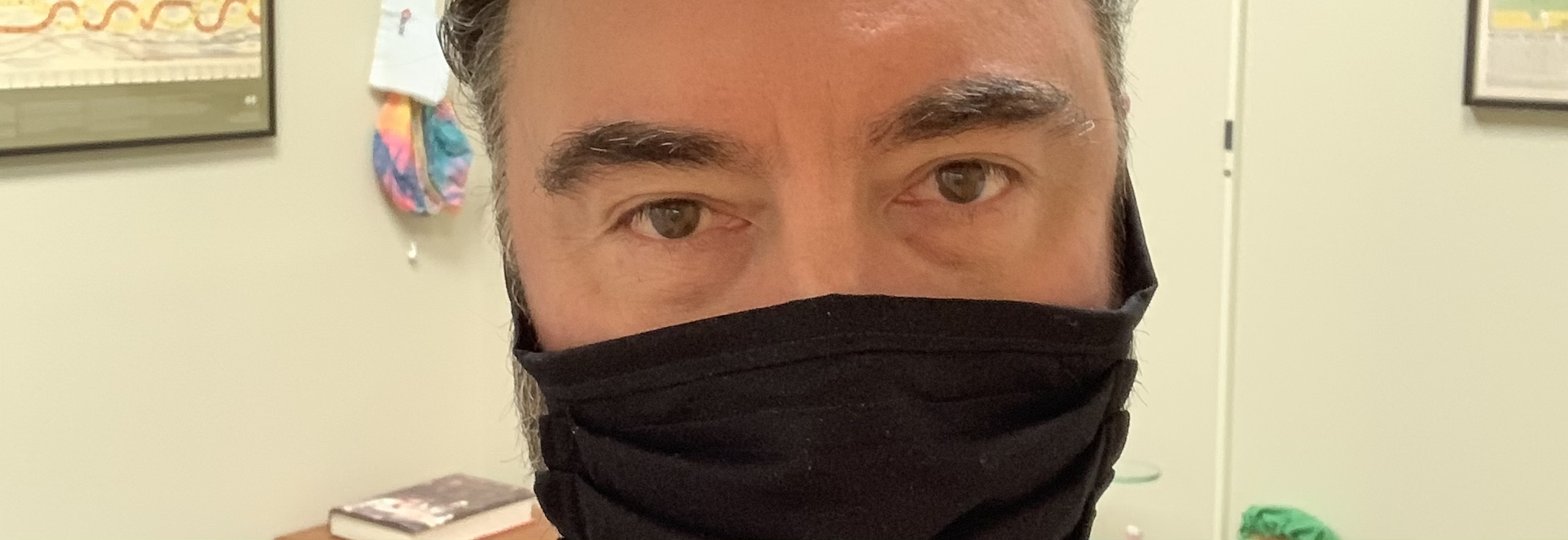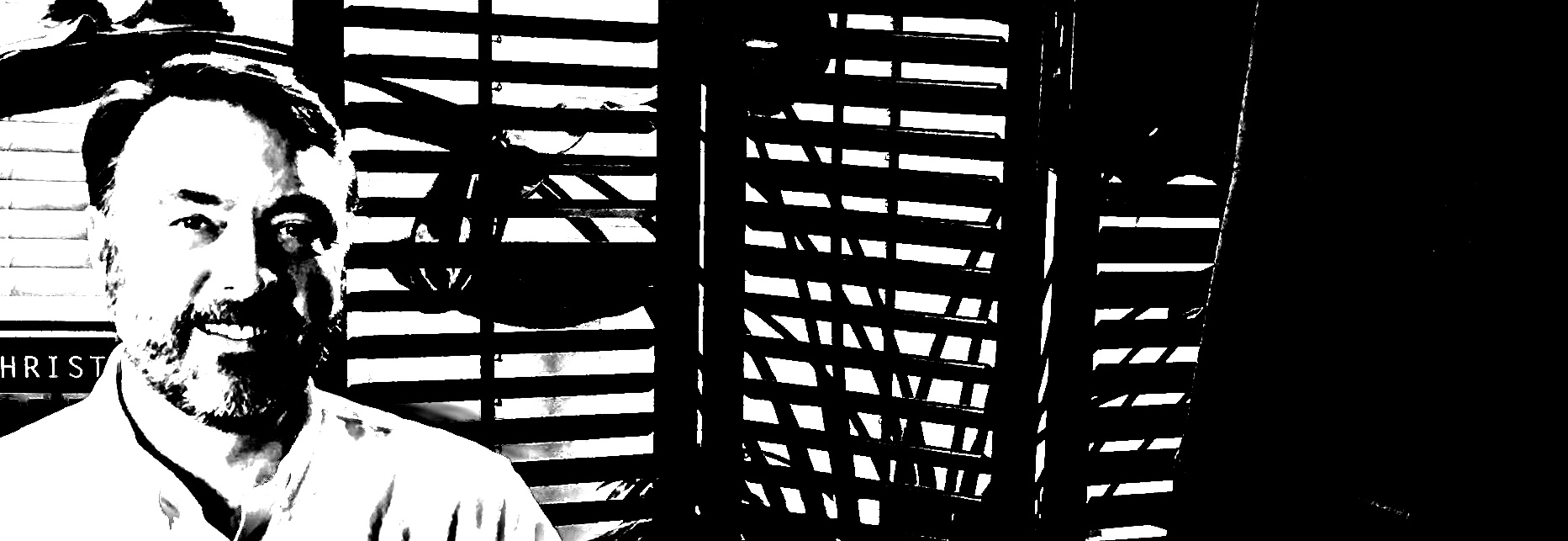Seeking a New Path

We need to find a way to move forward. We can’t stay in this place forever. Where we end up won’t be what we remember as normal, at least not at first. And, it may end up being very different. We also have an opportunity to end up somewhere better than where we started. Still, to get there, to get anywhere, we need to get moving.
Many (not all, but many) of the people I have heard from on social media advocating for a continued indefinite closure of much of our economy are in situations that allow them relative safety. They’re in jobs that allow them to work remotely, have higher-income jobs that allow them to weather this storm for longer periods of time, or are comfortably retired.
But, simply holding fast is not an option for many. Over 30 million Americans have filed for first-time unemployment benefits over the past six weeks. That number likely vastly underestimates how many people have actually lost their jobs, and also doesn’t account for how many have had their hours reduced. Nearly two-thirds of small businesses report that they’re at risk of closing permanently if business disruption continued at the current rate for up to five months. And, the National Distress Hotline reported an 891% increase in calls for emotional distress this March compared to one year ago. Really, I could go on and on with similarly disturbing reports.
Beyond that, underlying inequities persist and are magnified. So-called essential workers, such as grocery clerks, could take home more money if allowed to file for unemployment benefits. But, of course they can’t, because they’re essential. Similarly, meat processing workers have been exposed and infected by the coronavirus in increasing numbers, particularly here in Iowa. Again, I could go on and on.
CNN: 30 Million Americans Have Filed Initial Unemployment Claims Since Mid-March
Main Street America: The Impact of COVID-19 on Small Businesses
CNN: A Crisis Mental-Health Hotline Has Seen an 891% Spike in Calls
NPR Planet Money: About That Hazard Pay
U.S. News and World Report: Nearly 5,000 Meat Processing Workers Infected With COVID-19
What Can’t be Cured Must be Endured
At some point this virus may be eradicated, but we don’t know when, or even if that’s even possible. In fact, there is much we still don’t know about SARS-CoV-2, the coronavirus that causes the disease we call COVID-19. We don’t yet know its true infectivity rate, or its actual mortality rate. We don’t know many people have already been infected, or whether prior infection generates a long-lasting immune response. And, we don’t know when or if an effective vaccine will be developed, or how long this virus will be with us in the absence of a vaccine.
In the face of an as yet unconquerable but pervasive enemy, we must choose between continuing to hunker down or to venture forth in a new direction. To allay the concerns of my left-leaning political friends, and also to quell the cheers of my right-leaning political friends, I’m not advocating for simply ignoring the virus and attempting to resume life as normal. That would be foolhardy, but so is pretending that we can remain in our trenches (our homes with Netflix) indefinitely.

Lethal Mass Partisanship
Speaking of partisan differences, I was going to post the following paper back in January, but the coronavirus had other plans. It’s worth sharing now, though, along with a few highlights:
Lethal Mass Partisanship: Prevalence, Correlates, & Electoral Contingencies
Nearly 60 percent of Republicans and more than 60 percent of Democrats agree that the opposing party is a serious threat to the United States and its people.
42 percent of both Republicans and Democrats feel the other party are not just worse for politics, they are downright evil.
15 percent of Republicans and 20 percent of Democrats agreed that the country would be better off if large numbers of opposing partisans in the public today “just died”.
This pandemic could provide a good opportunity for us to recognize what we have in common, and fix our broken politics. Unfortunately, it has so far seemed to have magnified our partisan differences, but we still have the chance to chart a different course. I hope we will make such a choice, and I plan to keep striving in that direction.
Pandemic Response Options
In a related vein, I found the following article to be very good, striving for balance between extreme partisan responses to this virus:
UnHerd: Which epidemiologist do you believe?
This is a good comparison of different philosophic approaches to this pandemic. Both Giesecke and Ferguson are epidemiologists, looking at the same data, but they come to different conclusions about what should be done.
Giesecke, in essence, advocates for mitigation to prevent healthcare systems from being overrun, but otherwise accept that the coronavirus cannot be stopped. In contrast, Ferguson advocates for the containment efforts most of us are used to, and possibly to be maintained for a very long time.
There is no good or evil here, just different world views and opinions of how best we might respond. And, don’t just read my blurb about it. Take the time to read the article; it’ll be worth your while. I’ll end with this quote from the article:
“Somewhere in between these two opposing instincts lies a wise way forward; a path has to be found between not just different assessments of the facts but different world views.”
We’re still in the middle of this, and we’d all be better off if we put aside our partisan differences and tried to find a middle path forward. One extreme option, of doing absolutely nothing, and allowing our healthcare systems to become overrun is obviously undesirable. At the same time, the other extreme option, of keeping everything closed down for months on end, is untenable. So, some middle ground will be sought, by our policy makers, and by us as individuals; and, we should not be too quick to criticize, given that there are no clear answers of what is the best approach.

I side more with the epidemiologist, Giesecke, above. Avoiding a viral surge, now or in the future. which would overwhelm our healthcare system is clearly desirable, but we are going to have to find a way to move forward to some degree, even with this virus in our midst. As we do so, tracking new infections, and especially new hospitalizations for COVID-19, will be crucial. If rising numbers are seen, a return to more stringent levels of physical distancing would be warranted. As numbers recede, those measures would again be loosened.
My first analogy to this graduated response was to “rolling blackouts” in an electrical grid, which are intentional shutdowns designed to prevent a more widespread and sustained outage. A better analogy might be Whac-A-Mole, but in this case, perhaps we’re the mole and the virus is the mallet. Again, I think we’re going to be dealing with this virus for quite a while; and if that’s so, I think we need to adopt a more flexible response based upon changing conditions over time.
Physical Distancing and Commerce
I’ll continue to express my dissatisfaction with the phrase, “social distancing”. While physical distancing is needed to reduce the likelihood of viral transmission, we need to emphasize the importance of social connection, even when physical distant.
Maintaining physical distancing will be key to moving forward, and I suspect that some degree of physical distancing will stay with us long after this particular pandemic ends. And, this would be valuable, not only for the next pandemic (when, not if), but during seasonal influenza outbreaks and even regular transmission of the “common cold”. Transmissible respiratory illnesses, most of which are caused by viruses, are a major cause of death, disability, and economic damage every year. Even the “common cold” is estimated to cost tens of billions of dollars each year.

How might this look in practice? Well, obviously, it depends upon the business, but some commonalities are easy to imagine:
The most important physical distancing I hope to see continued is self-isolating when ill, or when exposed to someone who has been ill. Not offering or accepting a handshake when you’re feeling poorly. Feeling willing to postpone a social engagement when someone in your family has been sick with a respiratory illness. Being able to take some time off from work when ill, without fear of job loss or economic hardship. This latter issue should be addressed by policy makers going forward, and I hope it will be.
Virtual commerce will continue and likely increase. People who can work from home will continue to do more of it in the future. The handling of some routine matters, such as company meetings, via a video conference or an email, will become more common. Connecting with clients remotely will also be a more frequent occurrence. I expect that commercial air travel will never return to the same levels as prior to the pandemic.
The wearing of masks will become more common.Anticipate that business may encourage, or even require, the wearing of masks. And, no, this will not be an encroachment on your civil liberties, unless actually mandated by the federal government. Businesses can make that decision, and you can choose to engage in commerce with them, or not. Expect that employees will be wearing masks, as many of us have already seen. In our clinic, which we opened up today, our staff is wearing masks most of the time (I find it difficult when discussing diagnoses and treatments at length, but I keep my distance), and we offer masks to our patients who want them. Oh, and if your nose is sticking out above your mask, you’re defeating the purpose of the mask!
Crowded waiting rooms should become of only historical interest. I’m particularly looking at restaurants and my fellow physician offices, here. Expect more scheduled appointments with clients, and possibly even eliminating walk-in customers.
Anticipate more physical distancing in recreational venues. Fewer tables in restaurants, more widely spaced stools at bars, and fewer seats available in theaters. Here, we pay more for our time, rather than our food, drink, and entertainment, so expect prices will rise. Also for restaurants, we might expect hand sanitizer being readily available upon entering, and even mandatory, as is already common in the dining rooms on cruise shops.
Some people will be less willing to congregate in large crowds in the future. This includes churches, theaters, and concerts. We will need to make allowances for that, and should not be judgmental about their decisions.
Personally, I think and hope that handshakes and hugs make a comeback. Our primate brains are wired for physical contact, and that’s going to be hard to overcome. But, taking a break after a handshake to wash hands, or break out a bottle of hand sanitizer, seems likely.
In short, many businesses can accommodate physical distancing in their work environments, although there will be costs to doing so. And, we will have to bear them, both in monetary and emotional terms.
Reimagining the Future
I’m in the process of working on my next post, which will encompass a range of issues only addressed tangentially in this one. As an introduction, I think it’s possible that this pandemic, and our response to it, could engender a global politico-economic reset on par with what was experienced after the Great Depression and World War II. Probably not, but it’s not impossible.
